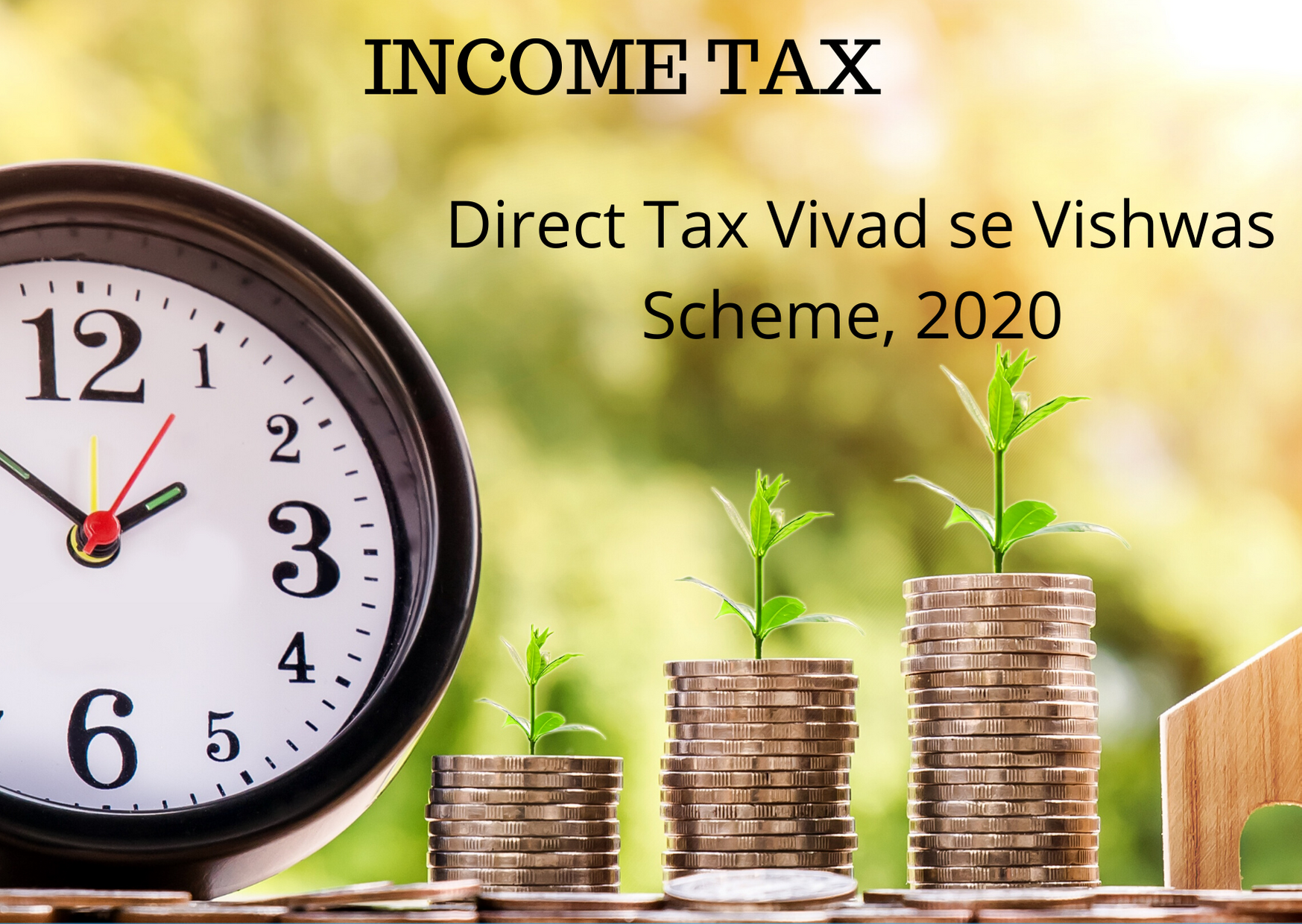
The ‘Vivad se Vishwas’ Scheme was announced during the Union Budget, 2020, to provide for dispute resolution in respect of pending income tax litigation. Pursuant to the Budget announcement, the Direct Tax Vivad se Vishwas Bill, 2020 (hereinafter called Vivad se Vishwas) was introduced in the Lok Sabha on 5th of February, 2020 and passed by it on 4th of March, 2020. The objective of Vivad se Vishwas is to inter alia reduce pending income tax litigation, generate timely revenue for the Government and benefit taxpayers by providing them peace of mind, certainty and savings on account of time and resources that would otherwise be spent on the long-drawn and vexatious litigation process. Subsequently, based on the representations received from the stakeholders regarding its various provisions, official amendments to Vivad se Vishwas have been proposed. These amendments seek to widen the scope of Vivad se Vishwas and reduce the compliance burden on taxpayers.
After introduction of Vivad se Vishwas in Lok Sabha, several queries have been received from the stakeholders seeking clarifications in respect of various provisions contained in the Scheme. After considering various queries received from stakeholders, CBDT has clarified the same in the form of answers to frequently asked questions (FAQs) vide Circular No.7/2020 dated 04.03.2020. The FAQs contain clarifications on scope/eligibility, calculation of disputed tax, procedure related to payment of disputed tax and consequential benefits to the declarant.
These FAQs are available on the official website of the Income Tax Department at :
https://www.incometaxindia.gov.in/communications/circular/circular_no_7_2020.pdf.
It is reiterated that these clarifications are, however, subject to approval and passing of Vivad se Vishwas by the Parliament and receiving assent of the Hon’ble President of India.
****
